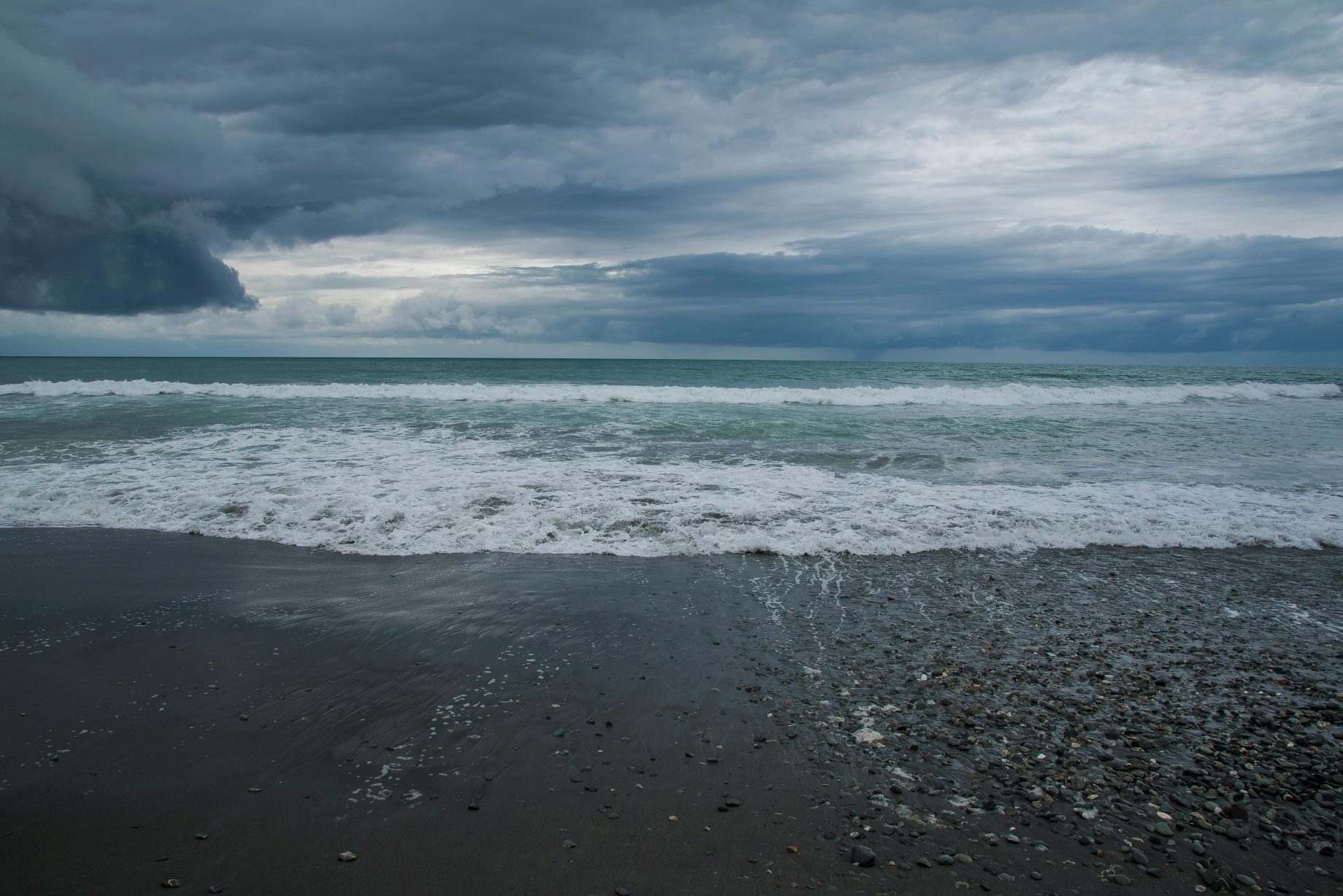New data released by New Zealand’s Ministry for the Environment and Stats NZ suggest the country’s oceans are warming about 34% faster than the global average, putting hundreds of thousands of homes and critical infrastructure at mounting risk.
The average sea-surface temperatures in New Zealand’s four oceanic regions rose by roughly 0.16 to 0.26 °C per decade between 1982 and 2023.
The report warns that marine heatwaves are becoming “more intense, longer and more frequent.” Meanwhile, the Subtropical Front has shifted some 120 km westwards, altering circulation patterns and potentially affecting species distributions. Ocean acidification too is increasing stress on shellfish, fish and kelp ecosystems.
According to the report, some 219,000 homes, with an estimated value of NZ$180 billion, lie in coastal inundation or inland flood zones.
Over NZ$26 billion in infrastructure assets are also vulnerable, roughly 1,300 coastal homes could incur serious damage during extreme events. Some regions may see 20–30 cm of sea-level rise by 2050 — a shift that could convert what was once a “100-year storm” into an annual event.
“Climate change isn’t just something far and distant … it has impacts on our ocean and on our coast,” said Dr Alison Collins, the ministry’s chief science adviser.
“The coastal zone is under a real squeeze … the importance of that coastal environment is absolutely critical — it’s … what we rely on in terms of our homes, our communities, our livelihoods and ultimately our connection to place,” she stated.

